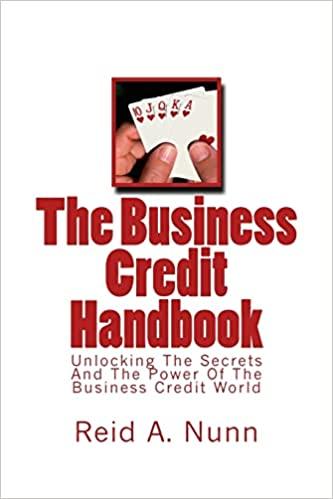Question
Customer incentives Companies like Rimi and Maxima offer a wide array of customer incentives. Retailers commonly offer coupons, rebates issued at the point of sale,
Customer incentives
Companies like Rimi and Maxima offer a wide array of customer incentives. Retailers commonly offer coupons, rebates issued at the point of sale, free products ("buy-one-get-one-free"), price protection, or price matching programs to their customers. Manufacturers and consumer goods entities commonly provide vendor allowances, including volume rebates and cooperative advertising allowances, market development allowances, and mark-down allowances (compensation for poor sales levels of vendor merchandise) to their customers. These manufacturers/consumer goods entities also pay product placement or slotting fees to retailers (they pay a fee to have their products put in the best places, like the middle shelf, not the top or the bottom, etc). Various pieces of guidance apply today and there is some diversity in practice in accounting for such incentives.
Customer incentives can affect the amount and timing of revenue recognition in several ways. They can create additional performance obligations, which can affect the timing of revenue recognition, and they often introduce variability into the transaction price, which can affect the amount of revenue recognized. The new revenue standard includes specific guidance addressing these areas.
Example 1 Free product rebate
Facts: Sports Direct is running a promotion where a customer who purchases three boxes of racquet balls at 20 per box in a single transaction receives an offer for one free box of racquet balls if the customer fills out a request form and mails it to the vendor before a set expiration date (a mail-in rebate). Sports Direct estimates, based on recent experience with similar promotions, that 80% of the customers will complete the mail-in rebate required to receive the free box of golf balls.
How is the consideration allocated to the various deliverables in the arrangement?
Example 2 Manufacturer-issued coupons
Facts:
Laima sells 1,000 boxes of chocolates to Maxima for 10 per box. Control transfers when the product is delivered to Maxima. There are no return rights, price protection, stock rotation or similar rights. Maxima sells the chocolates to consumers for 12 per box. Laima simultaneously issues coupons directly to consumers via newspapers/magazines and the internet which are valid for the next six months and provide a 1 discount on each box of chocolate purchased. The coupons are presented by the consumer to the retailer upon purchase of the box of chocolate. Maxima submits coupons to Laima and is compensated for the face value of the coupons (1). Using the expected value method (which the manufacturer believes is most predictive of the consideration it will be entitled to), the manufacturer estimated that 400 coupons will be redeemed. The manufacturer has recent experience with similar promotions involving similar pricing and discounting levels. Therefore, it concludes it is probable (U.S. GAAP) or highly probable (IFRS) that the actual number of coupons redeemed will not result in a significant reversal of the cumulative revenue recognized.
How much revenue should Laima recognize?
How much revenue should Maxima recognize?
Step by Step Solution
There are 3 Steps involved in it
Step: 1

Get Instant Access to Expert-Tailored Solutions
See step-by-step solutions with expert insights and AI powered tools for academic success
Step: 2

Step: 3

Ace Your Homework with AI
Get the answers you need in no time with our AI-driven, step-by-step assistance
Get Started


